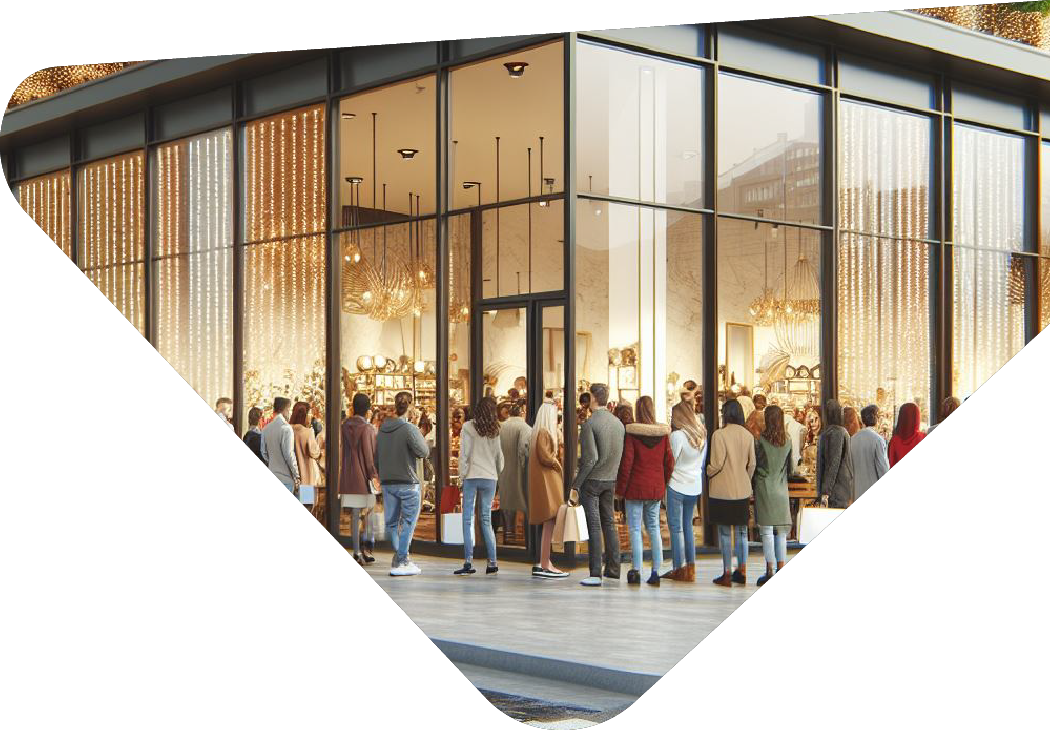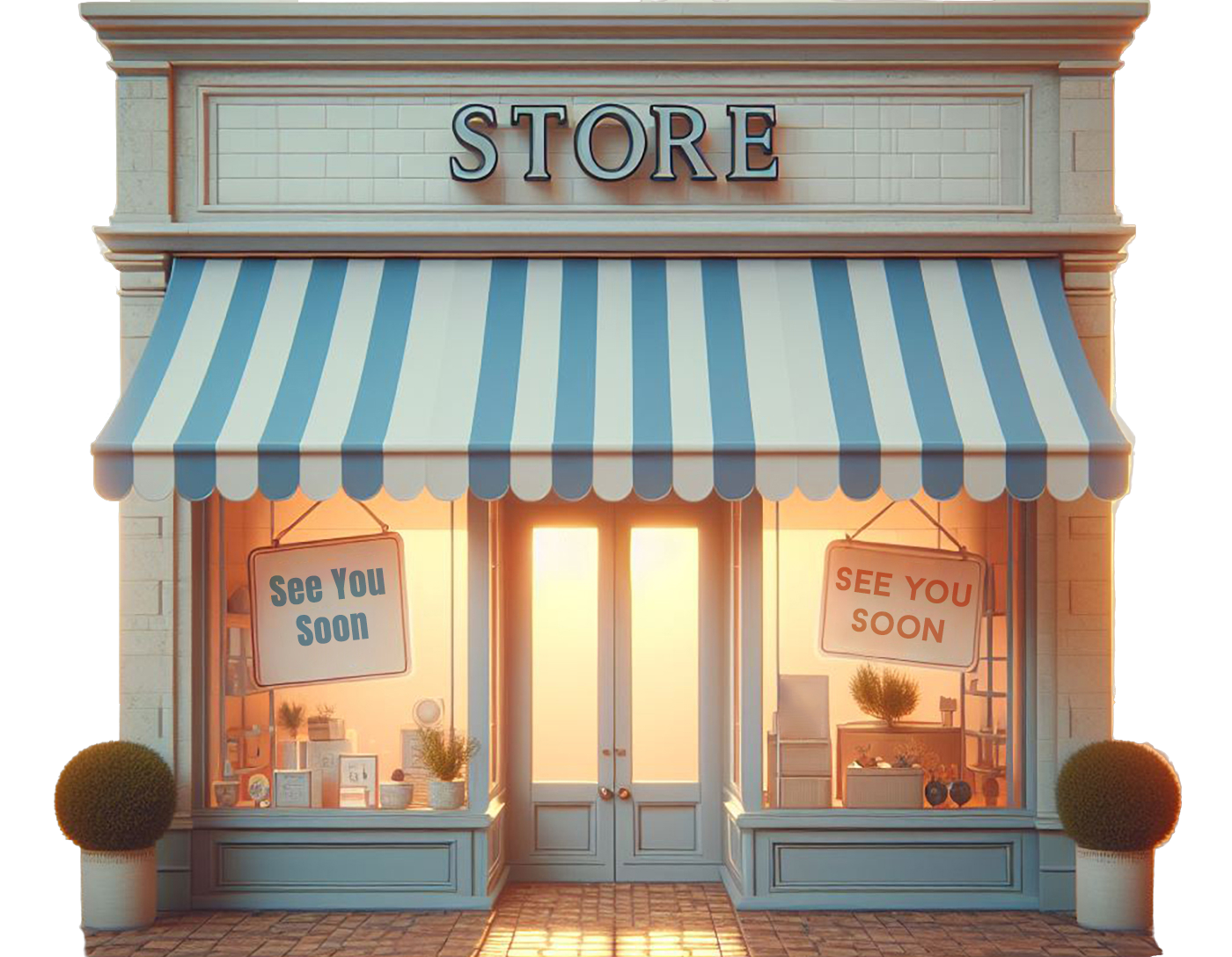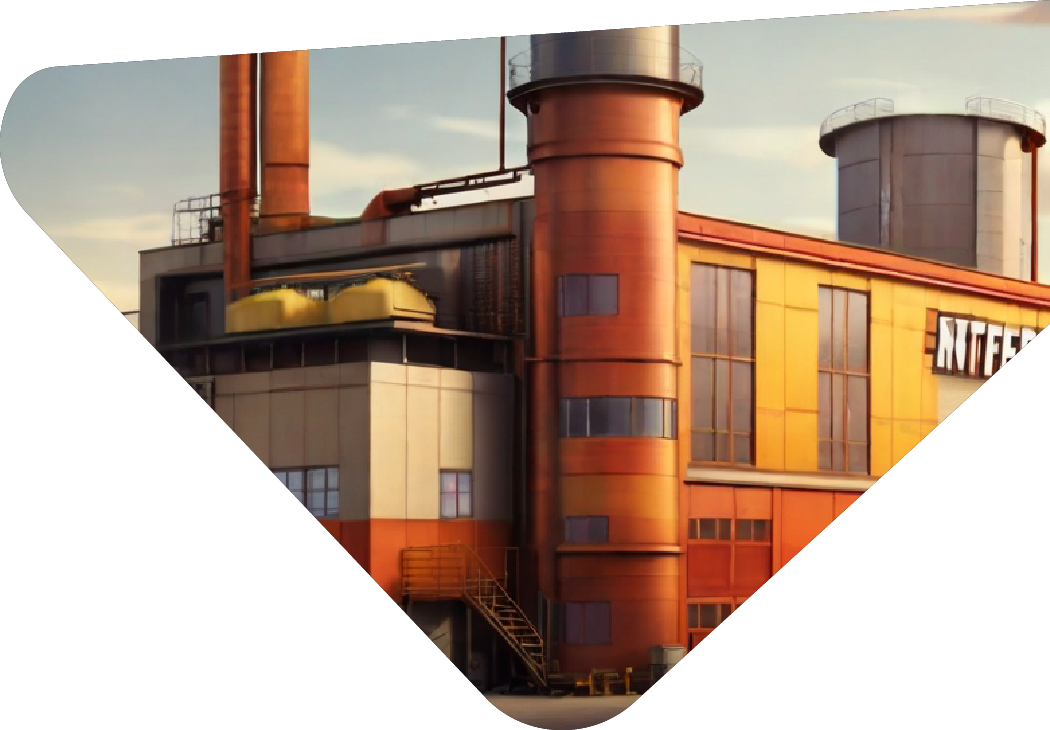Preamble
Business growth in hypercompetitive contexts
In hypercompetitive environments, we have to face the fact that:
-
The added value generated by our business is not enough. It is difficult to generate a sufficient profit margin or even maintain a sufficient income level.
-
Customer loyalty does not withstand critical situations.

Business growth in hypercompetitive contexts
The syncplexity model is about building a prestigious brand.
A brand is prestigious when the level of customer satisfaction is constantly above expectations, and robust emotional bonding is forged.


First step
Decide the ultimate goal
To become and remain a benchmark in our market
The first step proposed by the syncplexity model is to decide the business’s ultimate goal, which should be to become the market reference in its sector.
Why?
If we are “just one more”, it will be difficult for potential customers to notice us.
Second step
How?
Becoming the
Consumer’s Preference
The second step proposed by the syncplexity model is to decide how the business will become the benchmark in its sector, which should be developing the elements that will enable it to be the customer’s preference.
Hence, syncplexity is about becoming the customer’s preference in hypercompetitive contexts.

How to become the consumer’s preference?
Personal Preferences
=
Affective Phenomena
Affective Dynamics
≠
Rational Sphere
People’s preferences are elements that correspond to the area of affective phenomena, which control human feelings. Consequently, business management must respect the principles of emotion dynamics, which are the opposite of rational ones.
Nevertheless, our entire existence, from the intricate frameworks of our daily lives to the very fabric of our business models, has been relentlessly shackled by the chains of rationality.
By adhering to this limited mindset, we unwittingly relinquish an overwhelming majority of our untapped competitive potential, blissfully ignorant of the colossal opportunities that elude us.
How to become the consumer’s preference?
Personal Preferences
Affective Phenomena
Authenticity
Personal Change is Required!
One of the most common (and serious) mistakes is treating the affective phenomena rationally.
The result is that we work with phrases and concepts that are empty of the differential element of affective-emotional phenomena: personal energy. That generates an inconsistent perception in the receiver (potential consumer,) and the affective-emotional process is annulled.
Let us remember that inconsistency is one of the most potent affective-emotional inhibitors.


Going back to the initial thread—deciding on the ultimate goal and how to achieve it—many businesses don’t even consider that they could be the customer’s preferred choice in their industry.
There is a widespread belief that in order to prosper and grow, it takes a lot of resources. Consequently, those businesses that do not have them do not even consider that they can become the benchmark.
And that is a huge mistake!

syncplexity
FORA Building
20 Station Road
Cambridge, Cambridgeshire CB1 2JD
United Kingdom